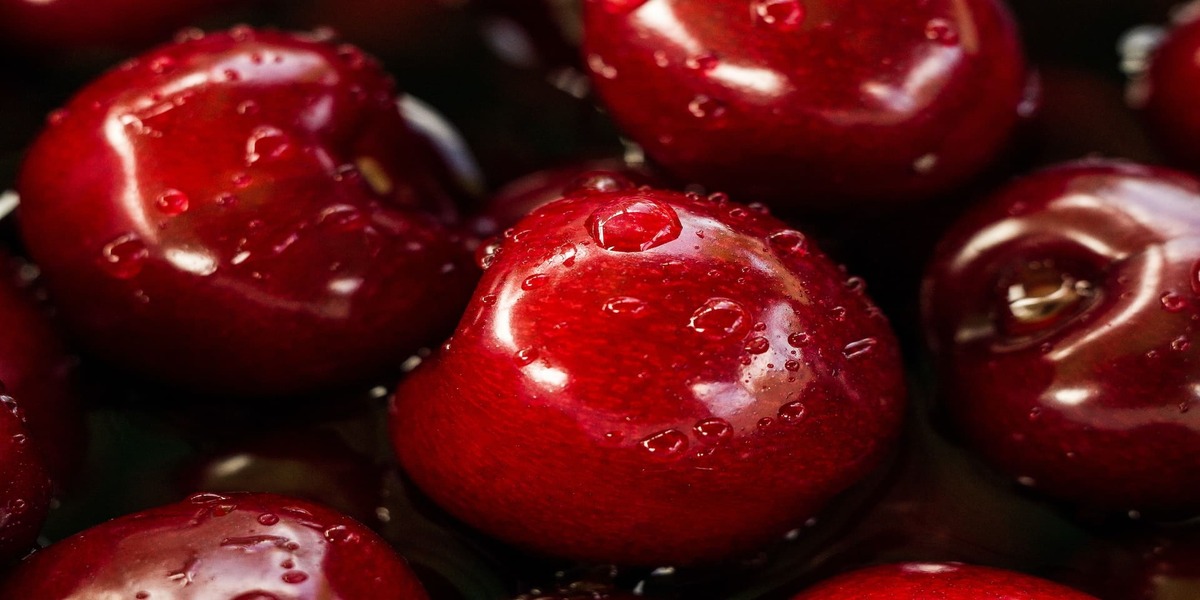Chemical-free Bacteria Disinfection In The Food Industry

For several decades, chlorine has been used to wash meat and vegetable to reduce microorganisms and pesticides, even though chlorine has some disadvantages.
Its limited effect in destroying microorganisms on the surface of fresh produce means that a high dosage of chlorine is often used, with the little added benefit and often leaving a residue on the produce consumed by customers.
The non-thermal disinfection technology has various techniques, e.g., UV, ozone, and plasma. These are considered clean technology, which leaves no harm to the human body.
What is plasma?
Plasma is the fourth state of matter that comes from gas ionization, which will generate ions and electrons from this process. The ion with charge is the most powerful matter that can be activated with other substances.
Uses of Plasma Water
The plasma can be used in many ways, e.g., plasma gas, plasma water, and plasma-activated water (PAW). The different functions will depend on the process of use in the industry.
Characteristics of PAW
- The food and agricultural industry require low operations costs and large volumes, so the PAW is the most suitable technique. The PAW can be made from the ionization reactions that generate Reactive Oxygen Species (ROS) and Reactive Nitrogen Species (RNS) depending on the gas type. Both ROS and RNS, together called RONS consists of hydroxyl radical (OH·), hydrogen peroxide (H2O2), superoxide radical (·O2-), oxygen (O2), and nitric oxide radical (·NO)
- The RONS can destroy the bacterial cell wall, oxidize with pesticide chemical form, and then change to other forms
- The PAW can last long for a week after the first-generation process
- The research has been applied to both muscle and skin types of raw chicken meat. It showed that the PAW could reduce both gram-positive and gram-negative bacteria
- From the research, the PAW can reduce E.coli and S.aureus 7.14±0.14 and 3.10±0.26 in log CFU/ml, respectively. The lifetime for PAW activation of E. coli and S. aureus reduction are 12 and 7 days, respectively
This article was contributed by our expert Tanitta Royintarat
Comments
No comments yet. Be the first to comment!
